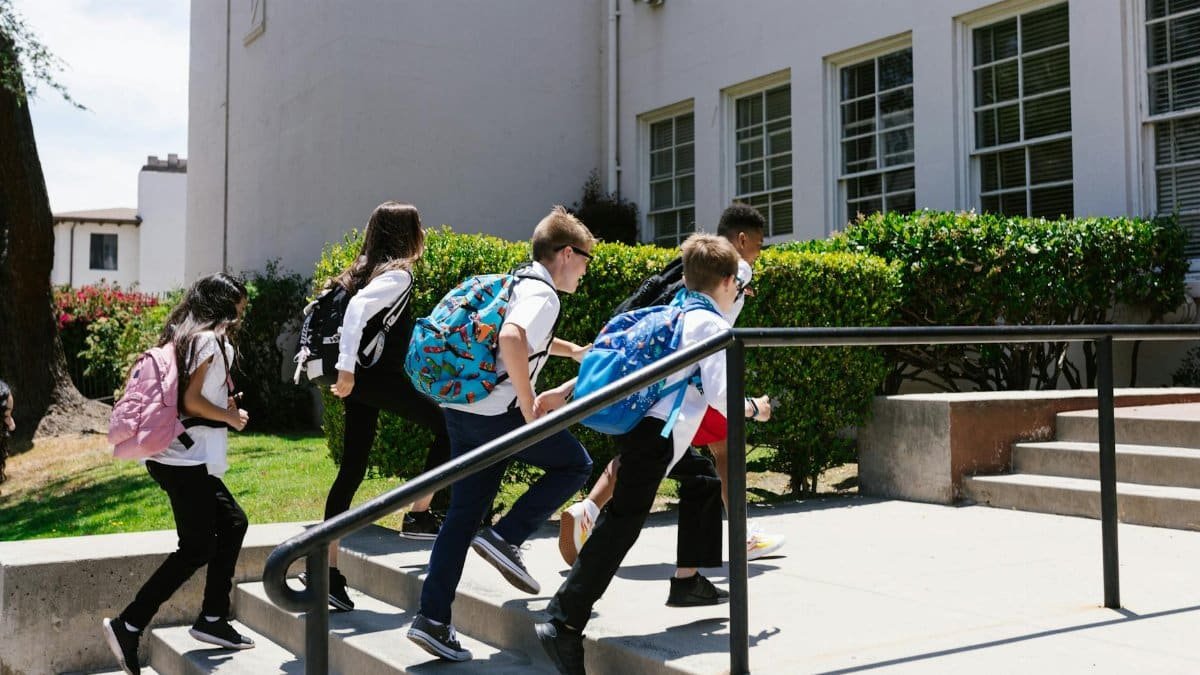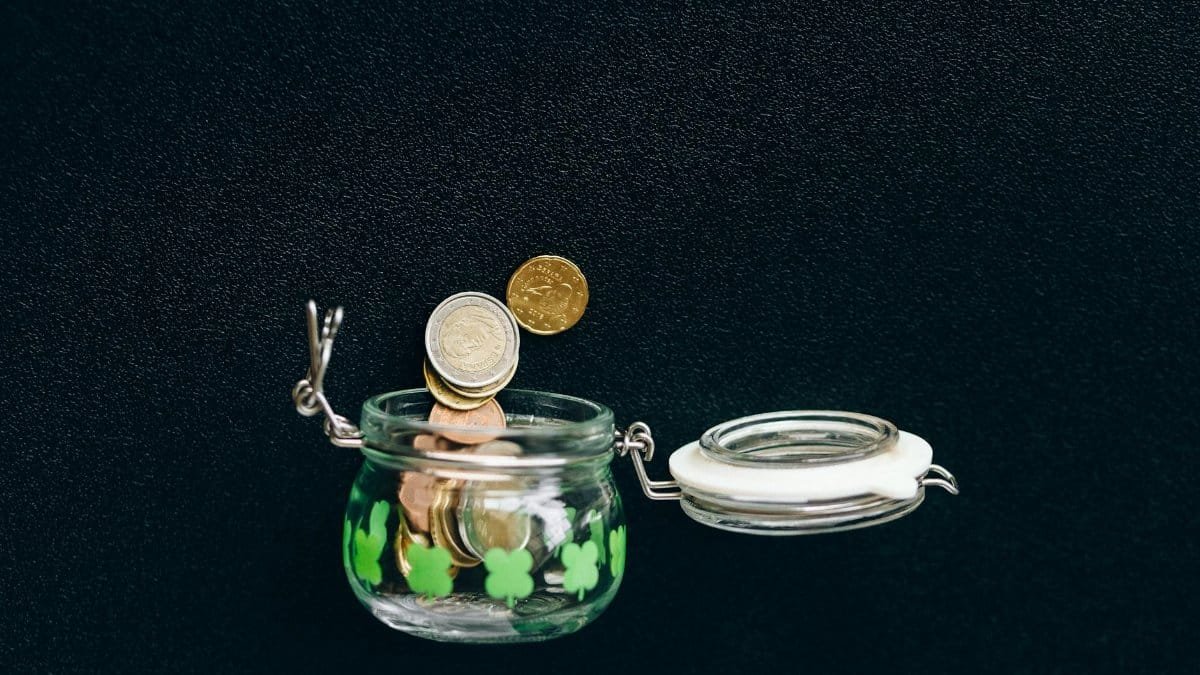What if everything we’ve been taught about debt is only half the story? For generations, the word has carried a heavy burden—synonymous with stress, overextension, and financial ruin. But a growing number of Americans are flipping the script. They’re reframing debt leverage impact, viewing it not as a trap but as a tool for creating positive social change. Across the country, from small-town entrepreneurs to urban impact investors, people are using borrowed capital to fund initiatives that tackle inequality, climate change, and community needs. This isn’t about reckless spending; it’s about strategic leverage with purpose. As the conversation around money evolves in 2025, this shift raises a critical question: Can debt, often seen as a personal failing, become a collective force for good? The answer might just reshape how we think about wealth and responsibility.
The Historical Weight of Debt

Debt hasn’t always been a dirty word. In early American history, borrowing was often a communal act—farmers pooled resources through local banks to survive harsh winters, and entire towns took on loans to build schools. But by the 20th century, the narrative shifted. Personal debt became tied to shame, a sign of living beyond one’s means. Cultural touchstones like the Great Depression cemented this view, painting borrowers as reckless. Fast forward to today, and the stigma lingers, even as household debt in the U.S. has soared to over $17 trillion, according to the Federal Reserve. Yet, amid this staggering figure, a quieter movement is taking root. Some are asking whether debt’s negative image is outdated, especially when leveraged with intention for broader impact.
A New Lens on Leverage

Reframing debt leverage impact starts with redefining what leverage means. It’s not just about gaining financial advantage; it’s about amplifying resources to address systemic issues. Take the rise of impact investing, where borrowed funds are funneled into projects with measurable social or environmental benefits. A 2023 report from the Global Impact Investing Network estimated the market at over $1.1 trillion globally, with a significant chunk driven by debt-financed initiatives. In the U.S., this includes affordable housing projects and renewable energy startups. For middle-aged Americans, many of whom juggle mortgages and retirement savings, this reframing offers a way to align financial decisions with personal values—turning a liability into a legacy.
Real Stories of Change

Consider a small business owner in Detroit, who borrowed $50,000 to launch a cooperative grocery in a food desert. The loan wasn’t just a risk; it was a calculated move to address a community need. Today, her store employs 15 locals and provides fresh produce where none existed before. Stories like hers are popping up nationwide, often shared in hushed tones over coffee or in online discussions. One anonymous account described the weight of taking on debt for a social enterprise, saying it felt “like carrying a boulder uphill, but every step fed someone new.” These snapshots reveal a truth: reframing debt leverage impact isn’t abstract. It’s personal, messy, and often transformative, showing how financial tools can stitch together torn social fabric.
Challenges in the Reframe

Of course, this shift isn’t without hurdles. Debt, even with noble intentions, remains a double-edged sword. Interest rates can cripple the best-laid plans, and failure carries not just financial but emotional costs. A 2024 study by the Pew Research Center found that 52% of Americans with debt report high stress levels tied to repayment fears. For those using leverage for social impact, the stakes feel even higher—failing doesn’t just hurt them but the communities they aim to serve. Critics also warn of “impact washing,” where debt-funded projects prioritize optics over real change. Navigating this terrain requires rigorous planning and a clear-eyed view of risks.
The Role of Policy and Institutions

Institutions are starting to catch up to this mindset shift. Community development financial institutions (CDFIs) are expanding access to low-interest loans for social enterprises, with over $222 billion in assets under management as of recent data from the CDFI Fund. Meanwhile, federal programs in 2025 are increasingly tying debt relief to social impact metrics, encouraging borrowers to channel funds into underserved areas. But gaps remain. Many middle-aged Americans, balancing family obligations and career transitions, find these resources out of reach due to stringent eligibility or lack of awareness. Bridging this divide could unlock even greater potential for reframing debt leverage impact on a national scale.
Practical Steps to Start

For those intrigued by this concept, the path forward doesn’t require a finance degree. Begin by assessing personal or business debt with fresh eyes—could any portion be redirected toward a cause that matters? Partnering with local nonprofits or impact funds can provide guidance. It’s also worth exploring loan options designed for social good, often available through CDFIs or credit unions. Start small, perhaps with a microloan for a community project. The key is intentionality. As one financial advisor put it during a recent workshop in Chicago, “Debt isn’t the enemy; aimlessness is.” Testing the waters with a modest, purpose-driven investment can reveal whether this reframing fits one’s financial reality and values.
Balancing Profit and Purpose

Here’s where tension often brews. Using debt for social impact doesn’t erase the need for repayment. Investors and individuals must weigh returns against results. A solar energy startup in California, for instance, took on significant loans to install panels in low-income neighborhoods. The environmental wins were clear, but early cash flow struggles nearly sank the venture. Success stories often hide these near-misses, creating a skewed perception of ease. Striking a balance means setting realistic goals—both for financial stability and social outcomes. It’s a tightrope walk, but one that many in 2025 are finding worth the effort, as they redefine what “return on investment” truly means.
A Cultural Reckoning

At its core, reframing debt leverage impact is about more than money. It’s a cultural reckoning with how we view obligation and opportunity. Middle-aged Americans, often caught between caring for aging parents and supporting grown children, are uniquely positioned to lead this charge. They’ve seen economic booms and busts, carrying hard-won wisdom about risk. As this generation rethinks debt, they’re not just reshaping personal balance sheets but societal priorities. The question lingers: Will this movement grow beyond a niche trend into a mainstream ethos? If it does, the ripple effects could redefine wealth for generations, turning a source of anxiety into a catalyst for connection and change.
Natasha is the heart of our exploration into conscious connection. Applying principles from multiple counseling courses in her own life, she guides you to cultivate stronger, more joyful bonds.
Disclaimer
The content on this post is for informational purposes only. It is not intended as a substitute for professional health or financial advice. Always seek the guidance of a qualified professional with any questions you may have regarding your health or finances. All information is provided by FulfilledHumans.com (a brand of EgoEase LLC) and is not guaranteed to be complete, accurate, or reliable.
